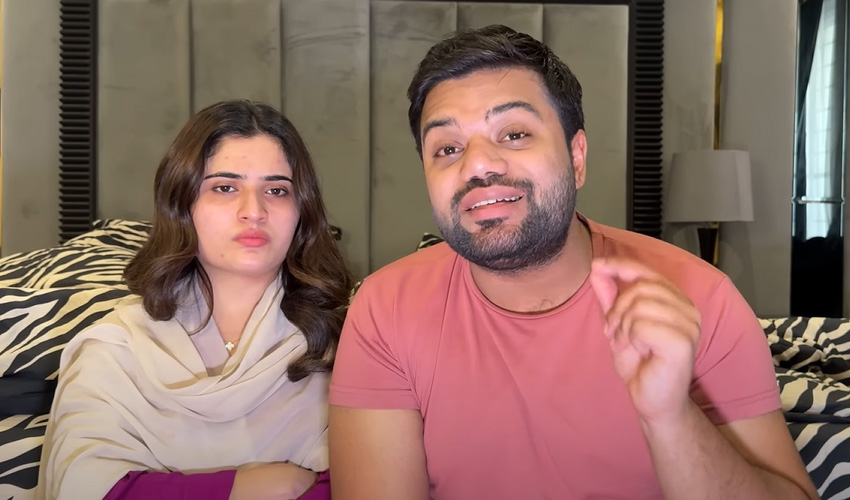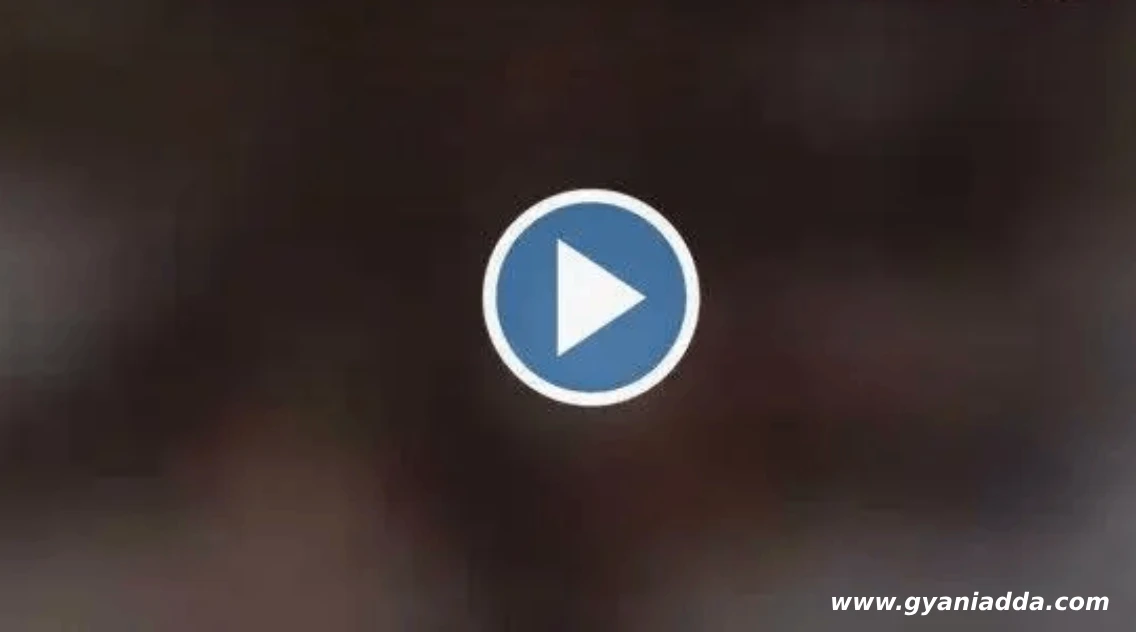Aroob Jatoi Fake Video: The Truth Behind The Viral Sensation
Let's talk about Aroob Jatoi fake video and why it's been making waves online. If you've been scrolling through social media, chances are you've come across some buzz surrounding this topic. Whether it's a deepfake or a manipulated clip, the internet loves drama, and this story has all the ingredients for a viral sensation. But before we dive into the details, let's separate fact from fiction.
Now, I know what you're thinking – "Why does this even matter?" Well, in today's digital age, misinformation spreads faster than wildfire. People tend to believe whatever they see without fact-checking. That's why understanding the truth behind Aroob Jatoi fake video is crucial. This isn't just about one person; it's about how fake content can impact someone's life and reputation.
As someone who values truth and transparency, I want to break down the facts for you. We'll explore what really happened, why these videos exist, and how they affect public perception. So, grab your favorite snack, and let's get into the nitty-gritty of this whole situation. Trust me, it's going to be an interesting ride!
Read also:Willard Hicks Campbell The Remarkable Journey Of A Man Who Left His Mark On History
Who Is Aroob Jatoi? A Quick Bio
Before we dive into the fake video drama, let's take a moment to understand who Aroob Jatoi is. Aroob is a Pakistani actress and model who has made a name for herself in the entertainment industry. With a career spanning over a decade, she's known for her versatility and charm both on and off-screen.
Here's a quick rundown of her background:
| Full Name | Aroob Jatoi |
|---|---|
| Profession | Actress, Model |
| Date of Birth | February 10, 1994 |
| Place of Birth | Karachi, Pakistan |
| Education | Bachelor's degree in Mass Communication |
| Claim to Fame | Debut in the drama "Dastaan" (2012) |
With her talent and dedication, Aroob has earned a loyal fanbase. But fame often comes with challenges, and unfortunately, fake content is one of them.
What Are Fake Videos and Why Do They Exist?
So, what exactly are fake videos? Simply put, they're digital manipulations designed to mislead viewers. In Aroob Jatoi's case, some videos have surfaced online that allegedly feature her in compromising situations. But here's the thing – these clips are often deepfakes or edited versions of original content.
Deepfake technology uses AI to create realistic yet fake videos. It's a double-edged sword because while it has potential for creative use, it's also been weaponized to harm individuals. Celebrities like Aroob are prime targets because their fame amplifies the reach of such content.
How Fake Videos Are Created
Let's talk about the process behind creating these fake videos. It's not as simple as hitting "edit" in a basic app. Here's how it usually goes:
Read also:Tasty Beach Your Ultimate Guide To The Best Beachside Dining Experiences
- Data Collection: Footage of the individual is gathered from public sources.
- AI Training: The collected data is fed into an AI system to generate realistic facial movements.
- Video Editing: The final product is polished to make it look authentic.
This process requires technical expertise, but with the right tools, anyone can create a convincing deepfake. Scary, right?
Impact of Fake Videos on Public Figures
Now, let's talk about the real impact of these fake videos. For someone like Aroob Jatoi, the consequences can be devastating. Imagine waking up to find a video circulating online that falsely portrays you in a negative light. It's not just embarrassing; it's emotionally draining.
Here are some effects fake videos can have:
- Reputation Damage: Fans might believe the content without verifying its authenticity.
- Emotional Distress: The psychological toll of dealing with fake content can be overwhelming.
- Legal Implications: Celebrities often have to resort to legal action to combat the spread of fake videos.
It's not just about the individual; it's about the ripple effect on their career and personal life.
Why Do People Create Fake Videos?
Let's address the elephant in the room – why do people even bother creating fake videos? There are several reasons:
- Trolling: Some people do it for fun or to stir up drama.
- Profit Motive: Fake content can generate clicks and ad revenue.
- Political Agendas: In some cases, deepfakes are used to influence public opinion.
While the motives may vary, the result is the same – harm to the individual involved. It's a sad reality of our digital world.
How to Spot a Fake Video
Now that we've established the dangers of fake videos, let's talk about how to spot them. Here are some red flags to look out for:
- Unnatural Movements: If the person's facial expressions or body movements seem off, it could be a deepfake.
- Poor Quality: Some fake videos have pixelated areas or blurry edges.
- Inconsistencies: Check for things like mismatched lighting or unrealistic backgrounds.
Being vigilant is key. Always question the authenticity of content before sharing it online.
Legal Actions Against Fake Videos
Thankfully, there are legal measures in place to combat the spread of fake videos. In many countries, creating or distributing deepfakes without consent is considered illegal. Celebrities like Aroob Jatoi can file lawsuits against those responsible for creating and sharing such content.
Here's what legal action might involve:
- Issuing Cease and Desist Orders: Lawyers can demand the removal of fake content.
- Filing Defamation Lawsuits: This can help recover damages caused by false portrayals.
- Working with Platforms: Social media sites often have policies against fake content and can remove it upon request.
It's important for victims to seek legal help to protect their rights and reputation.
Preventing the Spread of Fake Videos
Prevention is better than cure, and this applies to fake videos too. Here are some ways to prevent the spread of such content:
- Verify Before Sharing: Always fact-check before hitting that "share" button.
- Report Suspicious Content: Most platforms allow users to report fake videos.
- Spread Awareness: Educate others about the dangers of fake content.
By taking these steps, we can all play a role in reducing the harm caused by fake videos.
Tools to Detect Deepfakes
Technology is both the problem and the solution. There are tools available that can help detect deepfakes. Some of these tools analyze video frames for inconsistencies or signs of manipulation. While not foolproof, they can be a valuable resource in combating fake content.
The Role of Social Media Platforms
Social media platforms have a huge responsibility in this matter. They're the primary channels through which fake videos spread. That's why it's crucial for them to have robust policies in place to address this issue.
Here's what platforms can do:
- Implement Detection Algorithms: Use AI to automatically flag potential deepfakes.
- Provide Reporting Mechanisms: Make it easy for users to report fake content.
- Educate Users: Raise awareness about the dangers of fake videos.
Platforms like Facebook, Twitter, and YouTube have already taken steps in this direction, but there's still more work to be done.
How Aroob Jatoi Has Handled the Situation
Now, let's talk about how Aroob Jatoi has dealt with the fake video drama. Instead of letting it consume her, she's chosen to focus on her career and fans. In interviews, she's addressed the issue with grace and poise, emphasizing the importance of truth and authenticity.
Here's what she's done:
- Communicated Openly: Aroob has spoken out about the fake videos, clearing the air for her fans.
- Continued Working: She hasn't let the drama derail her career. Instead, she's focused on delivering great performances.
- Supported Awareness Campaigns: Aroob has joined efforts to educate the public about the dangers of fake content.
Her approach serves as an inspiration to others facing similar challenges.
The Future of Digital Content
As technology advances, the battle against fake videos will only intensify. It's a constant game of cat and mouse between creators and detectors. However, with increased awareness and better tools, we can hope for a safer digital landscape.
Here's what the future might hold:
- Improved Detection Technologies: AI will become more adept at identifying deepfakes.
- Stronger Legal Protections: Laws will evolve to better address the issue of fake content.
- Increased Public Awareness: People will become more discerning consumers of digital media.
While the road ahead is challenging, it's not impossible to overcome.
Conclusion: What You Can Do
So, there you have it – the truth behind Aroob Jatoi fake video and the broader issue of fake content. It's a complex problem with no easy solutions, but that doesn't mean we should give up. By staying informed, verifying information, and supporting those affected, we can all contribute to a more truthful digital world.
I urge you to take action. If you come across a suspicious video, don't share it until you've confirmed its authenticity. Report it to the platform if necessary. And most importantly, spread awareness among your friends and family. Together, we can make a difference.
Thanks for reading, and don't forget to leave a comment or share this article if you found it helpful. Let's keep the conversation going!



